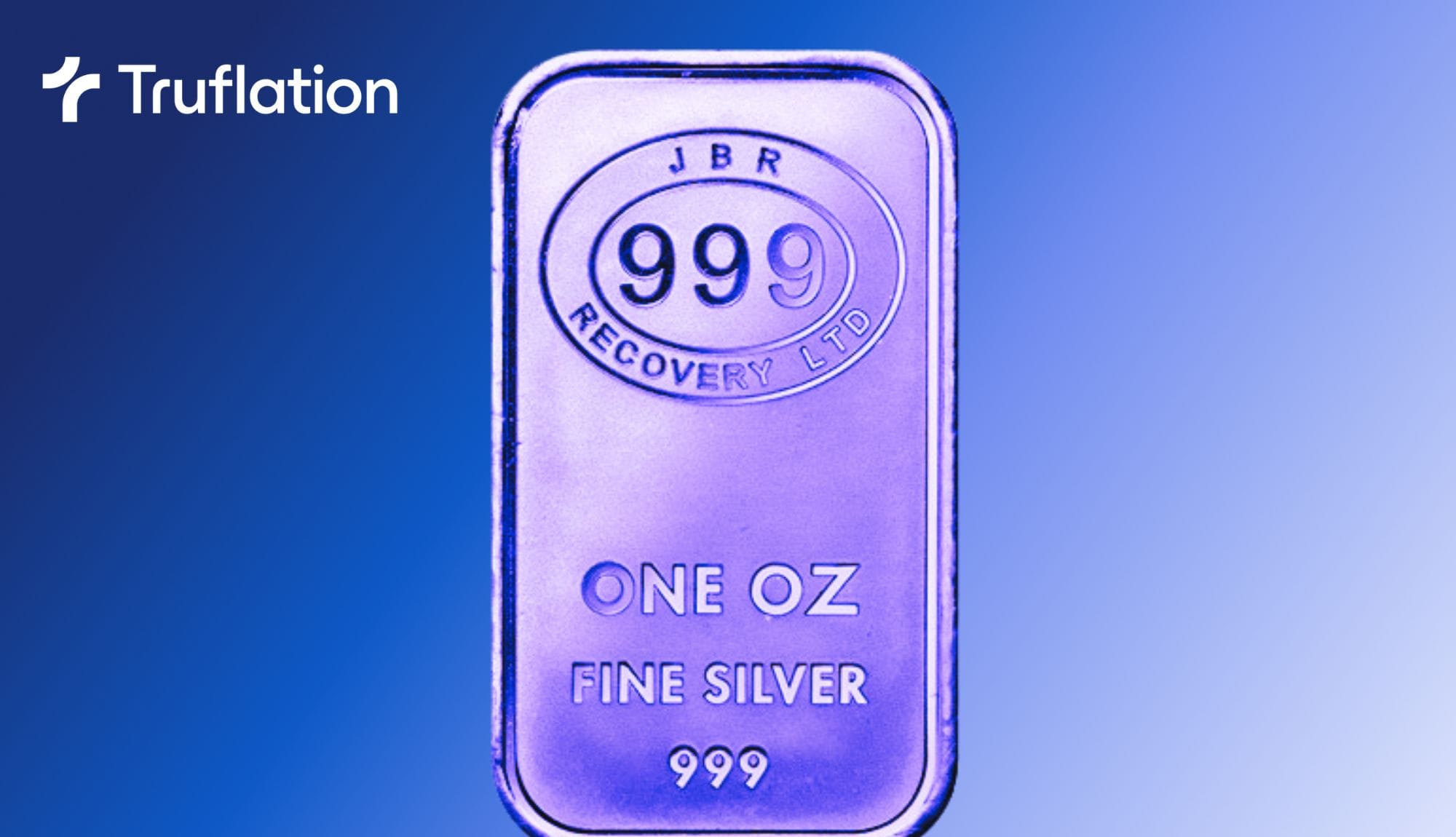
Silver Replacing Gold Among Egyptians as Alternative Store of Value
Published 09 Feb, 2024
A nightmarish economic storm hit Egypt.
Without any end in sight, inflation is +30%, and the Central Bank of Egypt allowed the Egyptian pound to weaken 50% against the dollar, with more devaluation surely in the cards.
Traditional refuge, of course, when foreign currencies or property is out of reach, is to buy gold. However, over the last two years, gold coins and bars surged nearly 58%, making the barbarous relic less affordable for a North African population where well-more than half are below or close to the poverty line.
READ: Why Elon Musk Calls Lithium the 'New Oil,' and its Refinement a 'License to Print Money'
Whereas gold, for example, trades at roughly $2,000 USD, silver can be had for a song, $20 USD an ounce give or take. And it seems to be holding its value for now, allowing everyday people in the country to substitute it for gifts and hedges.
Lustrous and Veratile
Silver, a lustrous and versatile metal, has long captivated human fascination with its shimmering beauty and practical applications. Beyond its ornamental allure, silver plays a crucial role in the global economy as a futures commodity, valued for its industrial, investment, and monetary properties. Let's delve into why silver holds such significance, how it's used, sourced, and traded in the futures market.
Importance of Silver as a Futures Commodity
Silver futures are financial contracts where parties agree to buy or sell silver at a predetermined price on a specified future date. These contracts serve various purposes, including hedging against price fluctuations, speculation, and portfolio diversification. As a tangible asset, silver futures provide stability and security to investors amid economic uncertainties.
READ: Unveiling the Prowess and Investment Potential of Nickel
Usage
Silver's utility extends across diverse industries, making it an indispensable commodity. From electronics and solar panels to jewelry and silverware, its conductivity, malleability, and reflectivity render it essential in modern manufacturing processes. Additionally, silver's antibacterial properties find applications in healthcare, water purification, and even clothing.
Sourcing
The primary sources of silver include mining, recycling, and government stockpiles. Mining remains the predominant method, with countries like Mexico, Peru, and China leading global production. However, environmental concerns and diminishing ore grades pose challenges to sustainable sourcing. Recycling offers a promising avenue to meet demand while reducing environmental impact by reclaiming silver from discarded electronics, jewelry, and industrial waste.
Silver deposits are distributed worldwide, with significant reserves located in regions rich in base metals such as copper, lead, and zinc. Mexico, the largest silver-producing country, boasts prolific mines like Fresnillo and Saucito. Peru's Cerro de Pasco and China's Yunnan province are also prominent contributors to the global silver supply chain.
Silver Futures
Silver futures trade on various commodity exchanges worldwide, including the Chicago Mercantile Exchange (CME), London Metal Exchange (LME), and Shanghai Futures Exchange (SHFE). These exchanges facilitate transparent and efficient price discovery, enabling participants to buy or sell silver contracts based on market expectations. Traders employ technical and fundamental analysis, along with macroeconomic factors, to forecast price movements and make informed decisions.
Silver's role as a futures commodity is integral to the functioning of global financial markets. Its diverse applications in industry, technology, and healthcare underscore its intrinsic value and economic significance. As demand continues to evolve alongside technological advancements and shifting consumer preferences, understanding the dynamics of silver futures trading becomes paramount for investors, businesses, and policymakers alike. With responsible sourcing practices and efficient market mechanisms, silver futures play a pivotal role in shaping the future of commodities trading and economic prosperity.
Want to be part of the data revolution? Join our Telegram to always be in the loop!
Get Exclusive Insights
with our Weekly Newsletter